 W
WThe American Revolutionary War (1775-1783), also known as the American War of Independence, was initiated by the thirteen original colonies in Congress against Great Britain over their objection to Parliament's direct taxation and its lack of colonial representation. From their founding in the 1600s, the colonies were largely left to govern themselves. When France left North America in 1763, the British Empire expanded, and the elected part of the colonial legislatures challenged how the new expenses should be paid. The new 1765 Stamp Act and 1767-1768 Townshend Acts provoked colonial opposition and unrest, leading to the 1770 Boston Massacre and 1773 Boston Tea Party. When Parliament answered with punitive measures on Massachusetts, twelve colonies responded with the First Continental Congress to boycott British goods.
 W
WJacques Barbeu-Dubourg was a French physician, botanist, writer, translator and publisher known for translating Benjamin Franklin's work into French and for inventing a gentlemen's umbrella fitted with a lightning conductor. He designed a method of histographic visualizations which he called the Carte chronographique.
 W
WAlexandre François Marie, Viscount of Beauharnais was a French political figure and general during the French Revolution. He was the first husband of Joséphine Tascher de la Pagerie, who later married Napoleon Bonaparte and became empress of the First French Empire. Beauharnais was executed by guillotine during the Reign of Terror.
 W
WPierre-Augustin Caron de Beaumarchais was a French polymath. At various times in his life, he was a watchmaker, inventor, playwright, musician, diplomat, spy, publisher, horticulturist, arms dealer, satirist, financier, and revolutionary.
 W
WFrançois Athanase de Charette de la Contrie was a French Royalist soldier and politician. He served in the French Royal Navy during the American Revolutionary War and was one of the leaders of the Revolt in the Vendée against the revolutionary regime. His nephew Athanase-Charles-Marie Charette de la Contrie was a noted military leader and grandson of Charles X the last king of France.
 W
WFrançois Jean de Beauvoir, Marquis de Chastellux, was a military officer who served during the War of American Independence as a major general in the French expeditionary forces led by general Comte de Rochambeau. Being on general Rochambeau's staff for the duration of the war, Chastellux acted as the principal liaison officer between the French commander in chief and George Washington. However the Chevalier de Chastellux was also widely recognized, at the time of his campaigns in America, as a highly talented man of letters and a member of the Académie française
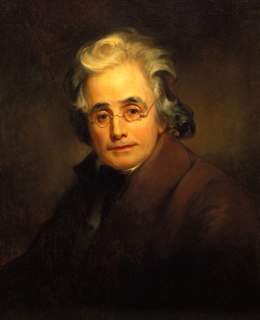 W
WPeter Stephen Du Ponceau was a French-American linguist, philosopher, and jurist. After emigrating to the colonies in 1777, he served in the American Revolutionary War. Afterward, he settled in Philadelphia, where he lived the remainder of his years. He contributed significantly to work on the indigenous languages of the Americas, as well as advancing the understanding of written Chinese.
 W
WLouis Antoine Jean Le Bègue de Presle Duportail was a French military leader who served as a volunteer and the chief engineer in the Continental Army during the American Revolutionary War. He also served as the last French Secretary of State for War and first Minister of War during the beginning of the French Revolution.
 W
WMichael Antoine Garoutte was a member of the first nobility of Provence in the Kingdom of France. He was a Privateer in the early war for American Independence and ascended to the rank of Lieutenant in the first American Continental Navy.
 W
WConrad Alexandre Gérard de Rayneval, was a French diplomat, born at Masevaux in upper Alsace. He is best known as the first French diplomatic representative to the United States. His brother Joseph Matthias Gérard de Rayneval was also a diplomat.
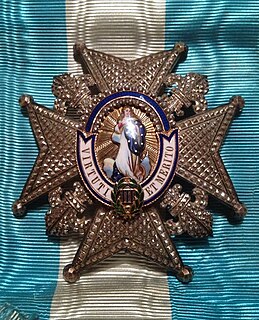 W
WJoseph-Mathias Gérard de Rayneval, was a French diplomat and government minister of the Ancien Régime.
 W
WArmand Louis de Gontaut, duc de Lauzun, later duc de Biron, and usually referred to by historians of the French Revolution simply as Biron was a French soldier and politician, known for the part he played in the American War of Independence and the French Revolutionary Wars. In 1773, he was Grand second warden of Grand Orient de France.
 W
WFrançois Joseph Paul, Comte de Grasse, Marquis of Grasse-Tilly SMOM was a career French officer who achieved the rank of admiral. He is best known for his command of the French fleet at the Battle of the Chesapeake in 1781 in the last year of the American Revolutionary War. It led directly to the British surrender at Yorktown and helped gain the rebels' victory.
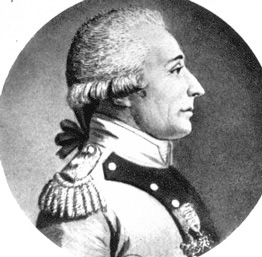 W
WComte Louis Charles d'Hervilly was a French nobleman and émigré. He was involved in the abortive landing at Quiberon. His daughter married the general Marie-François Auguste de Caffarelli du Falga.
 W
WAugustin Mottin de la Balme was a French cavalry officer who served in Europe during the Seven Years' War and in the United States during the American Revolution. His attempt to capture Fort Detroit in 1780 ended in defeat when he was ambushed by forces under Chief Little Turtle.
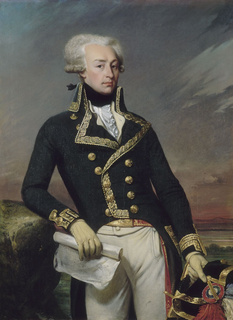 W
WMarie-Joseph Paul Yves Roch Gilbert du Motier, Marquis de La Fayette, known in the United States as Lafayette, was a French aristocrat and military officer who fought in the American Revolutionary War, commanding American troops in several battles, including the Siege of Yorktown. After returning to France, he was a key figure in the French Revolution of 1789 and the July Revolution of 1830. He has been considered a national hero in both countries.
 W
WJacques-Donatien Le Ray de Chaumont was a French "Father of the American Revolution", but later an opponent of the French Revolution. His son of the same name, known also in America as James Le Ray, eventually became a United States citizen and settled in Le Ray, New York USA.
 W
WAnne-César de La Luzerne (1741–1791) was an 18th-century French soldier and diplomat. Descended from an illustrious Normandy family, as a Knight of Malta and the Order of Saint Louis he was styled Chevalier before King Louis XVI created him a Marquis in 1785.
 W
WLouis Guillouet, comte d'Orvilliers was a French admiral.
 W
WLouis-Guillaume Otto, comte de Mosloy was a Germano-French diplomat.
 W
WCount Toussaint-Guillaume Picquet de la Motte, also known as La Motte-Picquet was a French Navy officer and admiral. Over a career spanning 50 years, he served under Louis XV and Louis XVI and took part in 34 campaigns. He fought in the Seven Years' War and in the Naval battles of the American Revolutionary War, earning the ranks of Commandeur in the Order of Saint Louis in 1780, and of Grand Cross in 1784. He died during the French Revolution.
 W
WDonatien-Marie-Joseph de Vimeur, vicomte de Rochambeau was a French soldier, the son of Jean-Baptiste Donatien de Vimeur, comte de Rochambeau.
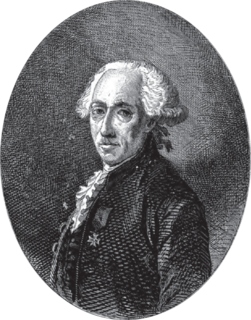 W
WLouis-Alexandre de La Rochefoucauld was a French nobleman and politician. He was a member of the House of La Rochefoucauld and a major lord under the Ancien Régime. He also played a political role in 1789 early on in the French Revolution before being executed in the September Massacres. He was a duke, initially with the title 'duc d'Enville' or 'duc d'Anville' and later with that of 6th duc de La Rochefoucauld. He was a cousin to François Alexandre Frédéric de La Rochefoucauld-Liancourt and Ambroise-Polycarpe de La Rochefoucauld-Doudeauville.
 W
WJean Baptiste Prevost de Sansac, marquis de Traversay was a naval officer of French creole origins who distinguished himself in the ranks of Royal French Navy during the American Revolutionary War. In 1791, fleeing from the French Revolution, Traversay joined the Imperial Russian Navy, rising to commander-in-chief of the Black Sea Fleet in 1802. In 1809 he was appointed Minister of the Navy, which position he held for 18 years. His name was frequently russified to Ivan Ivanovich de Traversay.
 W
WAmable Gilles Troude was a French Navy officer, who served in the Napoleonic Wars.
 W
WCharles Gravier, Count of Vergennes was a French statesman and diplomat. He served as Foreign Minister from 1774 during the reign of Louis XVI, notably during the American War of Independence.